Bridges play a critical role in modern infrastructure, connecting communities and supporting the flow of goods and people. However, like all structures, bridges are susceptible to wear and deterioration over time. Regular bridge inspections are vital to maintaining safety, preventing costly repairs, and extending the lifespan of these essential structures.
What Is Bridge Inspection?
Bridge inspection is the systematic evaluation of a bridge’s condition to ensure its structural soundness and operational safety. This process involves visual assessments, non-destructive testing (NDT), and advanced technologies like drones and sensors to monitor and detect potential issues.
Inspections are typically categorized into:
-
Routine inspections (usually conducted every 2 years)
-
In-depth inspections (when a more detailed analysis is required)
-
Special inspections (after extreme events like earthquakes or floods)
-
Fracture-critical inspections (for bridges with components vulnerable to failure)
Why Bridge Inspections Are Critical
-
Public Safety
The primary goal of any bridge inspection is to ensure that the structure is safe for public use. Identifying signs of corrosion, fatigue, or cracking early helps prevent accidents or catastrophic failures. -
Compliance with Regulations
Federal and local transportation agencies mandate regular bridge inspections to ensure infrastructure meets safety standards. In the U.S., this is governed by the National Bridge Inspection Standards (NBIS). -
Preventive Maintenance
Routine inspections allow engineers to detect minor issues before they become major problems. This proactive approach helps extend the life of a bridge and reduces long-term maintenance costs. -
Asset Management
Regular inspections provide data that help municipalities and departments of transportation prioritize budgets and allocate resources for bridge maintenance and replacement.
Modern Bridge Inspection Techniques
Technology has transformed how we inspect bridges. In addition to traditional hands-on evaluations, inspectors now use:
-
Drones for aerial imagery and access to hard-to-reach areas
-
3D scanning and LiDAR for precise structural modeling
-
Thermal imaging to detect subsurface damage
-
Seismic sensors to monitor movement and stress
These innovations improve accuracy, enhance safety for inspectors, and minimize traffic disruptions during inspection.
Choosing the Right Bridge Inspection Services
When selecting a provider for bridge inspection services, look for:
-
Certified inspectors with experience in civil and structural engineering
-
Advanced inspection tools and methods
-
A strong safety and compliance track record
-
Clear, actionable reporting and recommendations
